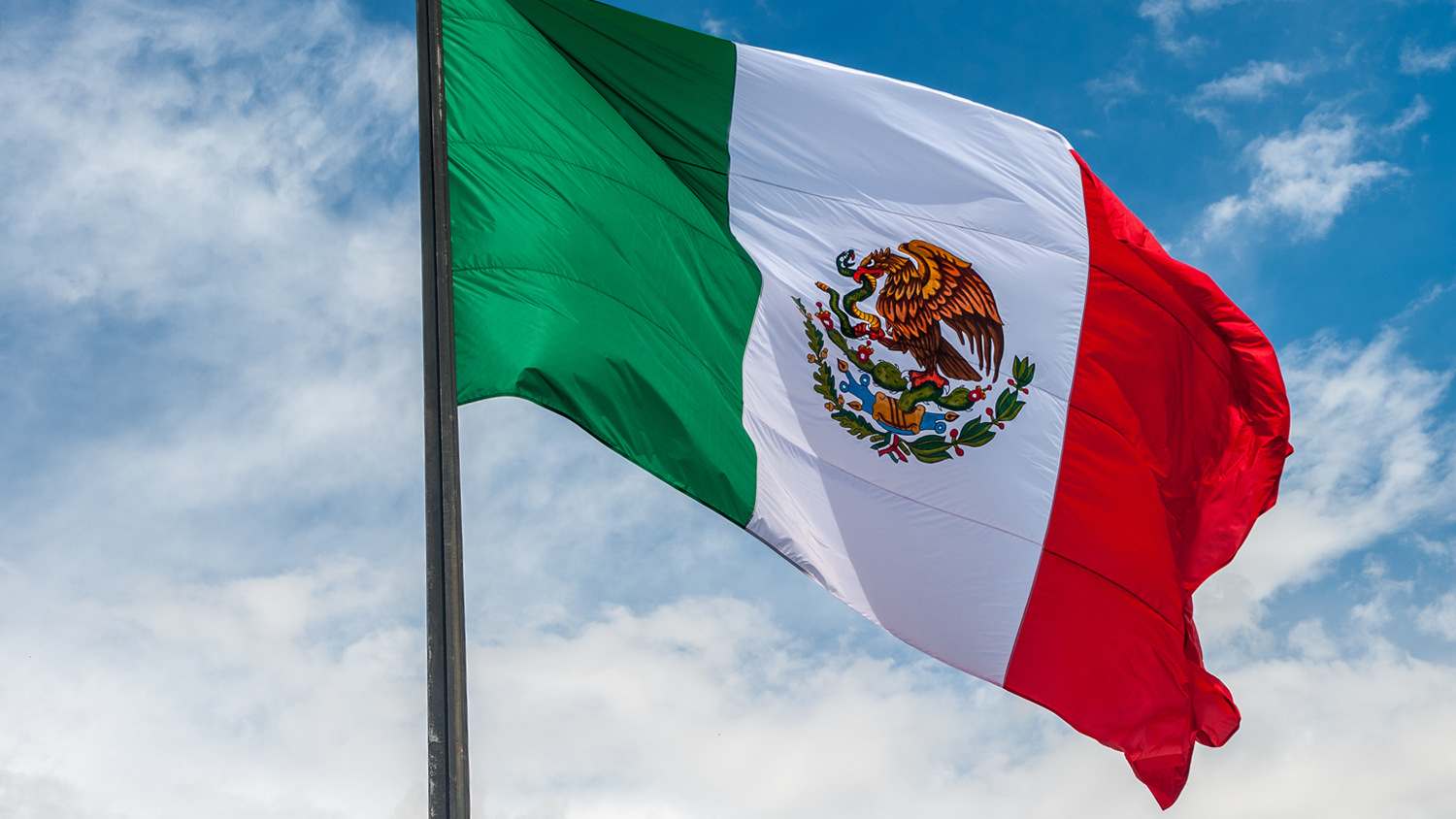Grito de Independencia: Mexico’s Passion for Its History

Mexico, a nation with a rich history of struggle and emancipation, celebrates its independence in a unique way. Unlike many other Latin American countries where independence is commemorated upon its consummation, Mexicans passionately celebrate the beginning of their independence process on the 15th and 16th of September. These days mark a milestone in 1810, when indigenous and Creole people rose up in arms to break free after more than three centuries of Spanish rule.
In the late 18th and early 19th centuries, the European Enlightenment influenced the inhabitants of what was then the Viceroyalty of New Spain, which stretched from Costa Rica to the present-day border between the United States and Canada. These ideas promoted freedom, equality, and individual rights, and inspired Creole intellectuals to question the colonial system and demand reforms from the Spanish Crown.
In the first decade of the 1800s, the city of Querétaro became the epicenter of a clandestine and conspiratorial movement seeking a new form of government to end centuries of colonial oppression under the reign of Spain’s King Fernando VII.
The Perfect Environment for Revolution
Independence processes are never simple or immediate. Mexico, the fourth country in the Americas to achieve independence, underwent a process that spanned more than a decade and was filled with significant events that extended beyond the date of official completion in 1821.
In 1808, when Napoleon Bonaparte sought to unite Europe under his authority, he invaded Spain and placed his brother Joseph Bonaparte on the throne, leaving Fernando VII a prisoner in Bayonne. This invasion weakened the Spanish Empire, which began to lose territory, and most Spanish colonies sought independence in the 19th century. This combination of factors, along with the Mexicans’ desire for freedom, created tensions that erupted on September 16th, 1810.
The Grito de Independencia in 1810
Priest Miguel Hidalgo y Costilla, known as the Father of the Nation, had been involved in conspiracies in Querétaro since 1809, along with other prominent historical figures such as “La Corregidora” Doña Josefa Ortiz de Domínguez, Ignacio Allende, Juan Aldama, and the González brothers, Epigmenio and Emeterio. Hidalgo recruited followers and gathered weapons in preparation for an uprising.
In the early hours of September 16th, 1810, Hidalgo rang the bell of Dolores and uttered the famous Grito de Independencia, declaring his devotion to the Virgin of Guadalupe, the Catholic Church, independence, and America. At the same time, he condemned bad government, injustice and the “gachupines,” a term used to refer to Spaniards born in Spain. This act marked the beginning of the struggle for Mexican independence, which spread to other regions of the country with leaders such as José María Morelos.
A Long Road to Independence
During this period, correspondence took place between the leaders of the Mexican troops and the Spanish army, known as the Royalist Army. In this context, Agustín de Iturbide, a royalist military leader, joined the Mexican cause through contacts with Vicente Guerrero, another insurgent leader.
Iturbide proposed to maintain the constitution, the church’s privileges, and the army while convening a congress with representatives from all the provinces. These conditions were accepted by the independence groups and led to the Plan of Iguala in 1821. This plan gave rise to the Trigarante Army, which united other insurgent leaders to ensure the preservation of the three pillars of the document: Religion, Independence, and Union.
Finally, on September 27th, 1821, the Trigarante Army triumphantly entered Mexico City and the next day signed the first Act of Independence of the Mexican Empire, marking the completion of independence from Spain. Subsequently, in 1824, the term “Republic” was used for the first time to refer to Mexico.
Celebrating Independence
In 1825, President Guadalupe Victoria officially declared September 16th a national holiday in honor of the brave leaders who initiated the fight for independence. In 1896, President and dictator Porfirio Díaz moved the Dolores bell from Guanajuato to the National Palace in Mexico City, where he personally rang it during the celebration.
The tradition continues today. On the night of September 15th to the 16th, government leaders carry the national flag while reciting an updated version of the Grito de Dolores. They then ring the bell and sing the Mexican National Anthem, kicking off a popular and massive celebration that takes place not only throughout the country but also around the world.
Mexico’s Independence Day is not only a celebration of a historic achievement but also an opportunity to share the richness of Mexican culture with the entire world. The passion and pride that Mexicans feel for their history and heritage shines brightly with every Grito de Independencia. It serves as a reminder that the struggle for freedom and independence should never be forgotten, and that Mexican culture is a treasure that shines in all its splendor on this special day.



Comments